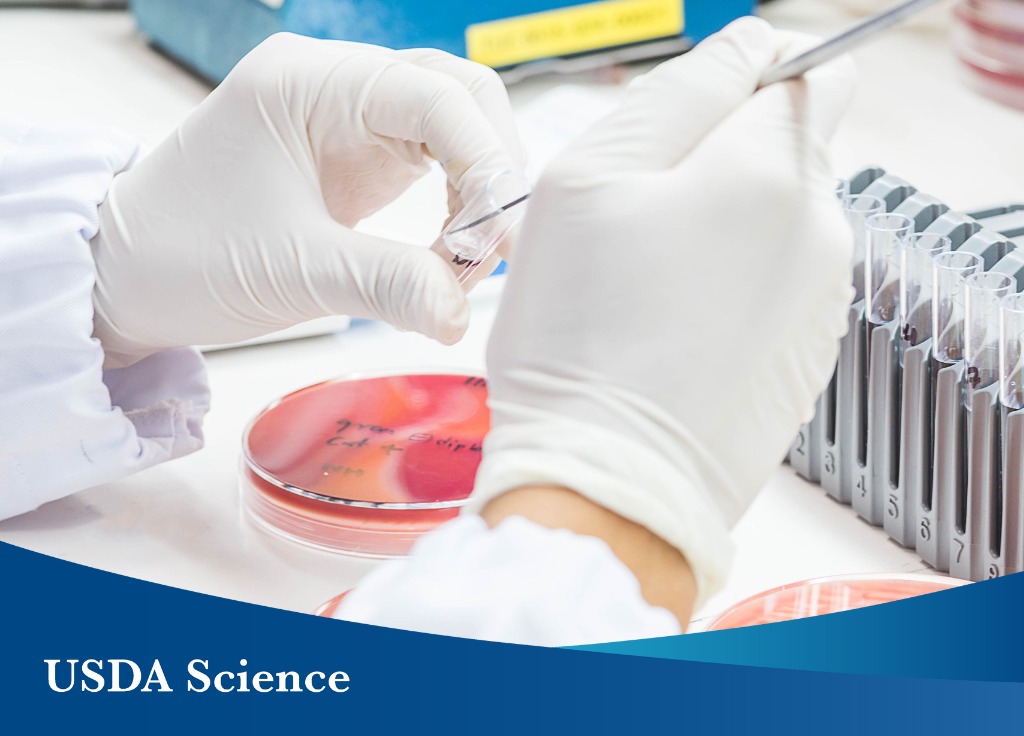Antibiotics are one of the world’s greatest scientific advancements, helping to fight bacterial infection and save millions of lives every year. Ensuring their continued effectiveness is critical for the U.S. Department of Agriculture (USDA) and our partners.
Antimicrobial resistance (AMR) is a major threat to the effectiveness of antibiotics. AMR happens when microbes like bacteria or fungi develop the ability to resist or survive the drugs meant to eliminate them—putting the health of both humans and animals at risk.
This week, AMR takes the global stage at the United Nations General Assembly (UNGA) during a High-level Meeting aimed at galvanizing global action in addressing AMR.
USDA recognizes the interconnectedness of human, animal and environmental health and the shared responsibility to limit AMR risks. Under a “One Health” approach, USDA is working with federal partners and stakeholders to address AMR throughout food and agriculture systems. The “USDA Strategy to Address AMR (PDF, 1.6 MB)” focuses on three priority areas: 1) reducing disease and pathogen transmission; 2) improving scientific knowledge on AMR; and 3) enhancing communication and collaboration.
The last UNGA High-Level Meeting on AMR was held in 2016. Since then, USDA has advanced research to reduce the risk posed from this global health concern. I’ll highlight some of these key accomplishments.
The Agricultural Research Service (ARS)—USDA’s chief in-house research agency—has identified ways microbes develop resistance; developed and improved detection methods; and developed products and tools, including vaccines, probiotics, therapeutics and gene-editing technology. Since 2016, ARS has filed 250 invention disclosures related to animal health and food safety, with over 50 patented products. One of ARS’ exciting new developments is an enzyme that kills bacteria affecting certain types of bass. This is a first in aquaculture, and an alternative to the use of antibiotics. In 2022, ARS hosted a five-part webinar series highlighting its research, in collaboration with our partners, on addressing AMR issues in agriculture that you can view at the following link: 2022 ARS Antimicrobial Resistance Research Webinar Series.
In the last decade, the National Institute of Food and Agriculture (NIFA)—USDA’s chief intramural research agency—has granted over $153 million to agricultural institutions for AMR research, which are supporting the development of new vaccines, diagnostics and antimicrobial alternatives. For example, NIFA investments fueled the creation of a rapid test to diagnose diseases that affect the lungs and airways of cattle. Additionally, NIFA support is helping model the risk of survival of AMR bacteria during meat processing, which helps strengthen food safety and ultimately protects human health.
These are just a few of the many ways USDA is advancing the science around AMR and identifying solutions to mitigate its risks. USDA is committed to collaborating with domestic and global partners to combat AMR and to ensure a safer, healthier world for all.

